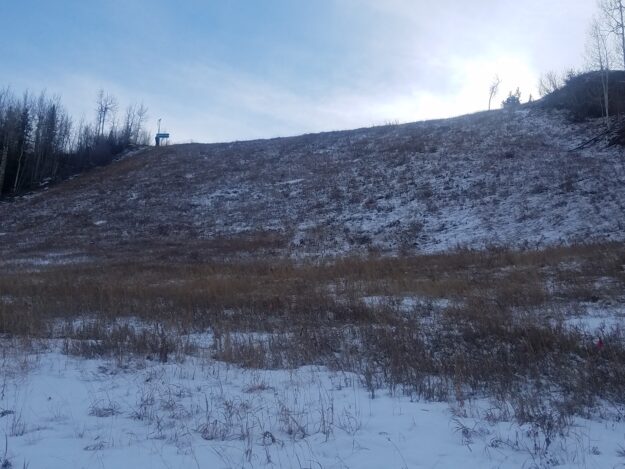Widgetized Section
Go to Admin » Appearance » Widgets » and move Gabfire Widget: Social into that MastheadOverlay zone
Study: Climate change exacerbating worst drought in Colorado River Basin in 1,200 years

Amid a rapid worsening of Western conditions in 2020 and 2021, the dry spell that has gripped the Colorado River Basin for the last 22 years is now the region’s worst drought since at least 800 A.D., researchers concluded in a study published Monday.
The research, conducted by scientists from the University of California Los Angeles and Columbia University and published in the journal Nature Climate Change, also found that human-caused climate change accounts for approximately 42% of the severity of the “megadrought” that the southwestern U.S., including western Colorado, has experienced since 2000.
“Had the sequence of wet-dry years occurred as observed but without the human-caused drying trend, we estimate that the 2000s would have still been dry, but not on the same level as the worst (of the) last millennium’s megadroughts,” the study’s lead author, UCLA climatologist Park Williams, wrote on Twitter.
The study was conducted using both observed soil-moisture data since 1901 and reconstructed data based on tree-ring records covering the last 1,200 years. No 22-year period during that span was found to have been as dry as the West’s current megadrought.
The study builds on previous research published in 2020, which found that the drought was, at the time, the worst since a prolonged dry spell recorded in the late 16th century. But the severely dry conditions experienced across the Colorado River Basin in the last two years mean that the post-2000 drought has now become the driest period in the available historical record.
“Exceptionally dry soil in 2021 was critical for the current drought to escalate and overtake the 1500s megadrought as the period with the highest 22-year mean severity,” the study’s authors wrote. “Both 2002 and 2021 were probably drier than any other year in nearly three centuries.”
Due to rising atmospheric concentrations of greenhouse gases, parts of Colorado — especially areas on the Western Slope — have warmed by an annual average of 4 degrees Fahrenheit above pre-1900 levels, temperature data from the National Oceanic and Atmospheric Administration show.
Amid record dry conditions, the three largest wildfires in Colorado history burned in 2020, and all of its 20 largest fires on record have occurred during the current megadrought.
Editor’s note: This story first appeared on Colorado Newsline, which is part of States Newsroom, a network of news bureaus supported by grants and a coalition of donors as a 501c(3) public charity. Colorado Newsline maintains editorial independence. Contact Editor Quentin Young for questions: info@coloradonewsline.com. Follow Colorado Newsline on Facebook and Twitter.
Chase Woodruff
Latest posts by Chase Woodruff (see all)
- Evans, Boebert defend Medicaid cuts as protesters shout them down in Denver - May 30, 2025
- Colorado officials envision Mountain Rail by 2026, Denver to Boulder to Fort Collins by 2029 - May 19, 2025
- Colorado’s Evans votes in favor of bill that will kick at least 7.6 million people off Medicaid coverage - May 15, 2025


